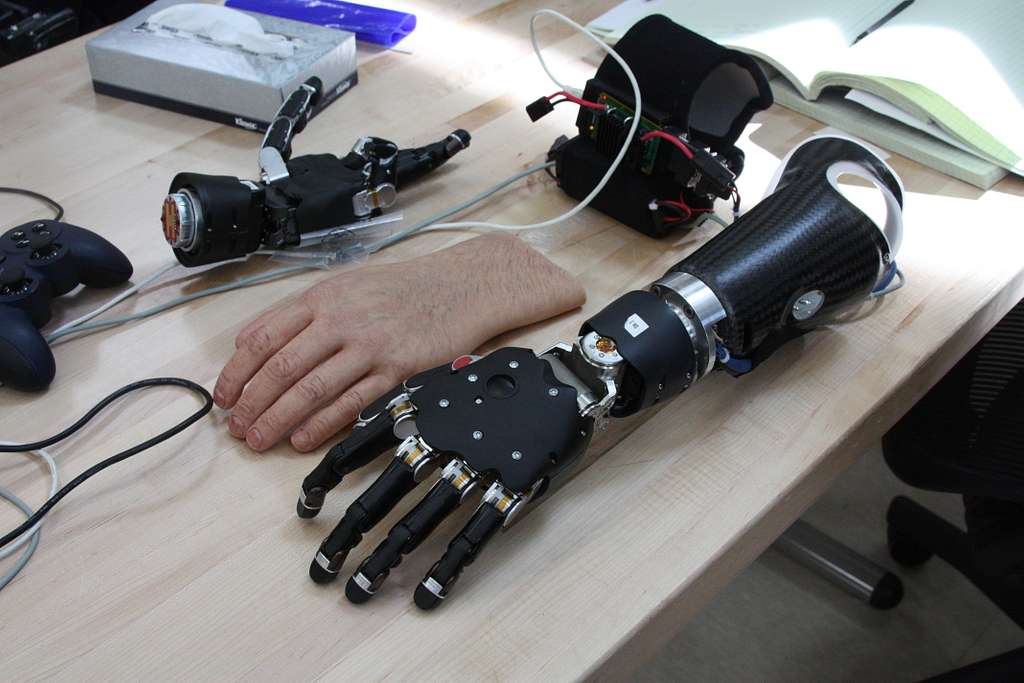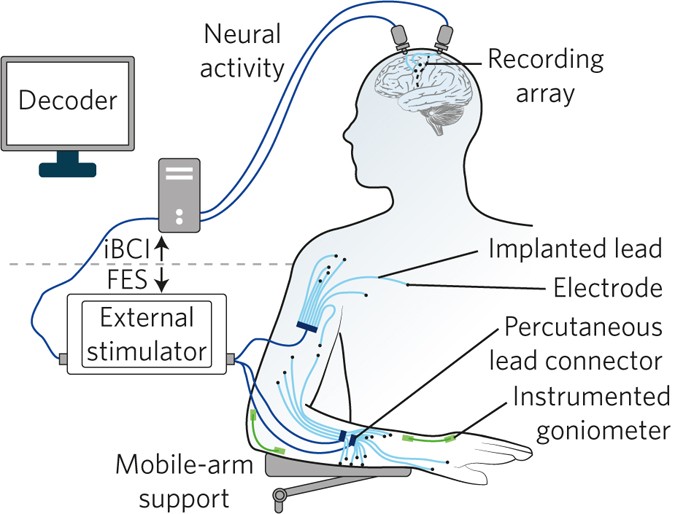“Memory is not just the imprint of the past upon us; it is the keeper of what we are, the sum of what we have been.” – Lois Lowry

The purpose of life has been debated for centuries, with many suggesting it lies in making memories- unique experiences that define our identities. But what if those memories fade? For millions of people with Alzheimer’s, memory loss can feel like losing parts of themselves. Inspired by the tissue engineering lecture, I wondered if regenerative technologies could not only restore bodily functions, but also cognitive abilities, such as memory.
Neural implants are showing promise in restoring memories and repairing damaged neural pathways. However, as these technologies advance, they raise significant ethical dilemmas. Could memory restoration extend to memory manipulation? What risks might arise from altering an individual’s memories and, in turn, their identity? This blog will explore the science behind neural implants and the ethical concerns surrounding memory manipulation.
Understanding Neural Implants
Neural implants create a direct link between the brain and external devices, using electrodes implanted in regions like the hippocampus, vital for memory formation and storage [2]. In neurodegenerative diseases like Alzheimer’s, where neural circuits are damaged [3], these implants stimulate affected areas, enhancing synaptic activity and promoting neural plasticity.

What intrigues me is how these devices can learn electrical patterns between neurons, potentially restoring lost cognitive functions. Recent advancements like deep brain stimulation (DBS) and multi-input multi-output (MIMO) systems have shown promise in improving memory and slowing cognitive decline in experimental models. The potential of neural implants to repair and enhance memory continues to fuel my interest in this exciting field.
DBS in Action
An inspiring example of DBS in action comes from the case of an 85-year-old woman, shared in a Medical News Today article which you can find here. After Alzheimer’s caused memory loss, she struggled with daily tasks such as preparing meals. However, after two years of DBS treatment, involving electrodes implanted in her brain to stimulate memory-related areas, she regained her independence. The video below offers a personal glimpse into her journey, offering a testament to the potential of neurostimulation therapies in restoring cognitive function.
As promising as neural implants are for memory restoration, they also raise ethical questions about their potential consequences, especially when it comes to manipulating memories and altering one’s identity.
Manipulating Memory and Identity
Whilst researching neural implants, I encountered an article that touched on the uncertainty of MIMO systems in real life. One concern is how we replicate the personalised selectivity of memory – how do we filter out life experiences that aren’t important, and who decides which memories matter? (Full article here) These questions highlight the ethical dilemmas of memory manipulation, especially regarding identity. In Eternal Sunshine of the Spotless Mind, characters erase painful memories, but the film illustrates the risks of tampering with memory, which could unintentionally erase essential aspects of who we are. With neural implants, the possibility of altering memories raises significant concerns about the control we have over our identities, especially when we are unsure how technology will make these decisions.
Personally, while the potential to help those with memory loss is immense, I believe we must approach this technology with caution. Memory is too central to our humanity to risk losing its authenticity in the pursuit of progress.
References:
- How Do Neural Implants Work? – IEEE Spectrum [Internet]. [cited 2025 Mar 23]. Available from: https://spectrum.ieee.org/what-is-neural-implant-neuromodulation-brain-implants-electroceuticals-neuralink-definition-examples
- MIT Technology Review [Internet]. [cited 2025 Mar 26]. A memory prosthesis could restore memory in people with damaged brains. Available from: https://www.technologyreview.com/2022/09/06/1059032/memory-prosthesis-damaged-brains/
- Koroshetz WJ, Mucke L. Neurodegenerative Diseases: Where Are We Not Looking for Answers? In: Nikolich K, Hyman SE, editors. Translational Neuroscience: Toward New Therapies [Internet]. Cambridge (MA): MIT Press; 2015 [cited 2025 Mar 27]. Available from: http://www.ncbi.nlm.nih.gov/books/NBK569699/



This is a good blog. It nicely demonstrates a good understanding of organ-on-a-chip technology and clearly explains its purpose and…
This is a good blog, very engaging with a good backgroud to 3D bioprinting. You could improve your blog with…
This is a good, very interesting blog about necrobotics. It explores the idea of necrobiotics which is fairly new approach…
This is a good blog. You introduce the reader to the topic of prosthetics and bionic limbs in a very…
This is a good blog introducing hernia mesh benefits and drawbacks. You create a narrative in this blog, which showcase…